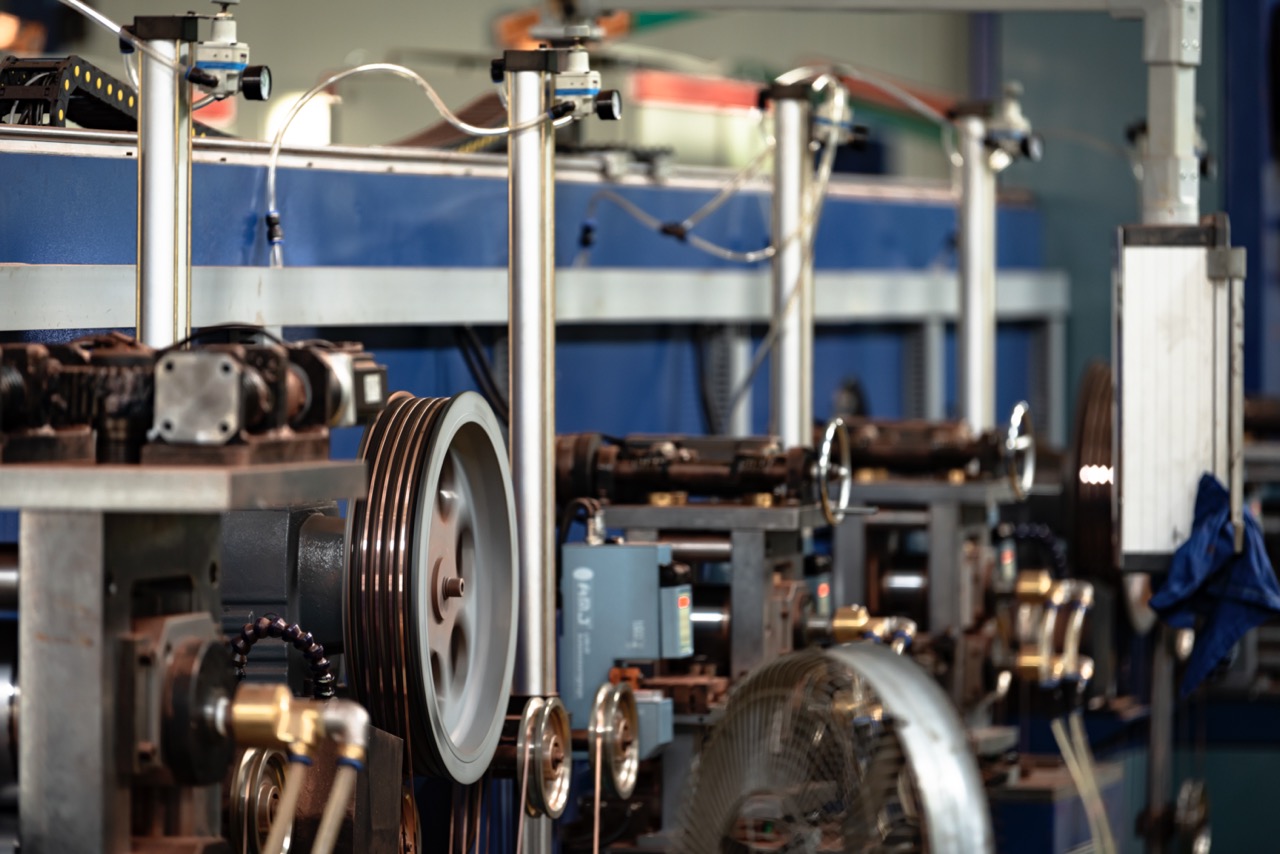Finding a balance between "reducing costs and increasing efficiency" and "ensuring power generation" is the core issue for photovoltaic companies. The following is an analysis of the selection process from five dimensions: materials, processes, performance, economy and risks.Copper clad aluminum wire(CCA line) feasibility in the photovoltaic industry.
1. Material availability and cost
- Aluminum resources are abundant and cost is low
- The price of aluminum is about ? to 1/3 of the price of copper.
- At the same weight, CCA line can save about 30% to 40% of raw material cost.
- Copper layer thickness adjustable
- Good conductivity can be achieved with a copper layer ≥ 0.03 mm;Photovoltaic welding ribbonRecommended ≥ 0.05 mm to ensure reliable welding.
in conclusion:Sufficient material supply and stable prices, with significant cost advantages.
2. Process maturity
- Composite rolling and diffusion bonding
- Modern multi-pass cold rolling + high temperature diffusion annealing can achieve a strong metallurgical bond between copper and aluminum (peel strength ≥ 10 N/cm).
- Online quality control
- Laser thickness measurement, constant tension control, and online peeling test can ensure uniform copper layer thickness and reliable bonding.
- Tin plating and surface treatment
- The hot-dip tinning process is mature, and the tin layer of 5–10 μm prevents oxidation and improves solderability.
in conclusion: The key technology is mature, and leading manufacturers (such asRaytron) can be stably mass-produced.
3. Electrical and mechanical properties
| project | CCA Line | Pure copper wire |
|---|---|---|
| Electrical conductivity | 60%–65% IACS; close to copper at high frequencies (skin effect) | 100% IACS |
| Resistivity | 0.028–0.030 Ω mm2/m | 0.017 Ω·mm2/m |
| tensile strength | 120–180 MPa | 180–250 MPa |
| Elongation | ≥ 10% | ≥ 20% |
| Bending life | ≥ 5,000 times | ≥ 10,000 times |
- For high frequency (>5 MHz) signal transmission, there is almost no difference between CCA and copper.
- In high DC current scenarios, the cross-sectional area needs to be increased (approximately 1.5×) to compensate for the conductivity difference.
in conclusion:The performance meets the requirements of photovoltaic welding ribbons, and can be compensated by cross-sectional area design when necessary.
4. Economic and system-level benefits
- Component Cost:Using CCA solder ribbon can reduce the cost of component solder ribbon by 20%–30%.
- Transportation and installation: The density is only 40% of copper, the weight reduction is ≈ 50%, and the installation cost is reduced by 30%+.
- System efficiency: The measured power loss is < 2 W, and the component efficiency only decreases by ≈ 1%–2%.
- return on investment:Cost savings benefits >efficiency losses, improving overall LCOE (LCOE) competitiveness.
in conclusion: From the perspective of system economics, the CCA line has significant cost reduction benefits and the power generation loss is controllable.
5. Risk and reliability management
| Risk Points | Risk Performance | Risk Mitigation Measures |
|---|---|---|
| Copper stripping | Copper layer falls off after welding or bending | Adopt high peel strength process; online peel test |
| Electrochemical corrosion | Copper exposure at the edge causes corrosion of the aluminum core | Strictly tin-plated surface; component packaging moisture-proof |
| Thermal expansion stress | Microcracks caused by interface stress under temperature cycling | Optimize annealing + composite parameters; design reasonable weld width and thickness ratio |
| Long term efficiency decay | The increase in contact resistance causes the power generation efficiency to gradually decrease | Regular operation and maintenance monitoring; use pure copper or mixed welding strip solutions at key nodes |
in conclusion: Through process and packaging optimization, as well as operation and maintenance monitoring, the risk can be reduced to an acceptable range.
Summary
- Cost Advantage × Mature technology × Controllable risks = High feasibility
- In mainstream components such as PERC, TOPCon, and HJT, CCA solder ribbons have been verified and applied by many leading manufacturers.
- For the pursuitCost Optimization,rightSlight compromise in efficiency is acceptable In the market, CCA line is an extremely attractive solution.
- forHigh reliability,Ultimate power densityFor different scenarios, a "CCA + pure copper" hybrid or pure copper key area strategy can be adopted.
Recommended strategies:Photovoltaic modulesEnterprises can give priority to using CCA wires in conventional welding strips, and retain pure copper welding strips for high-stress or high-power channels, thereby achieving the optimal balance of "cost reduction - efficiency assurance".
